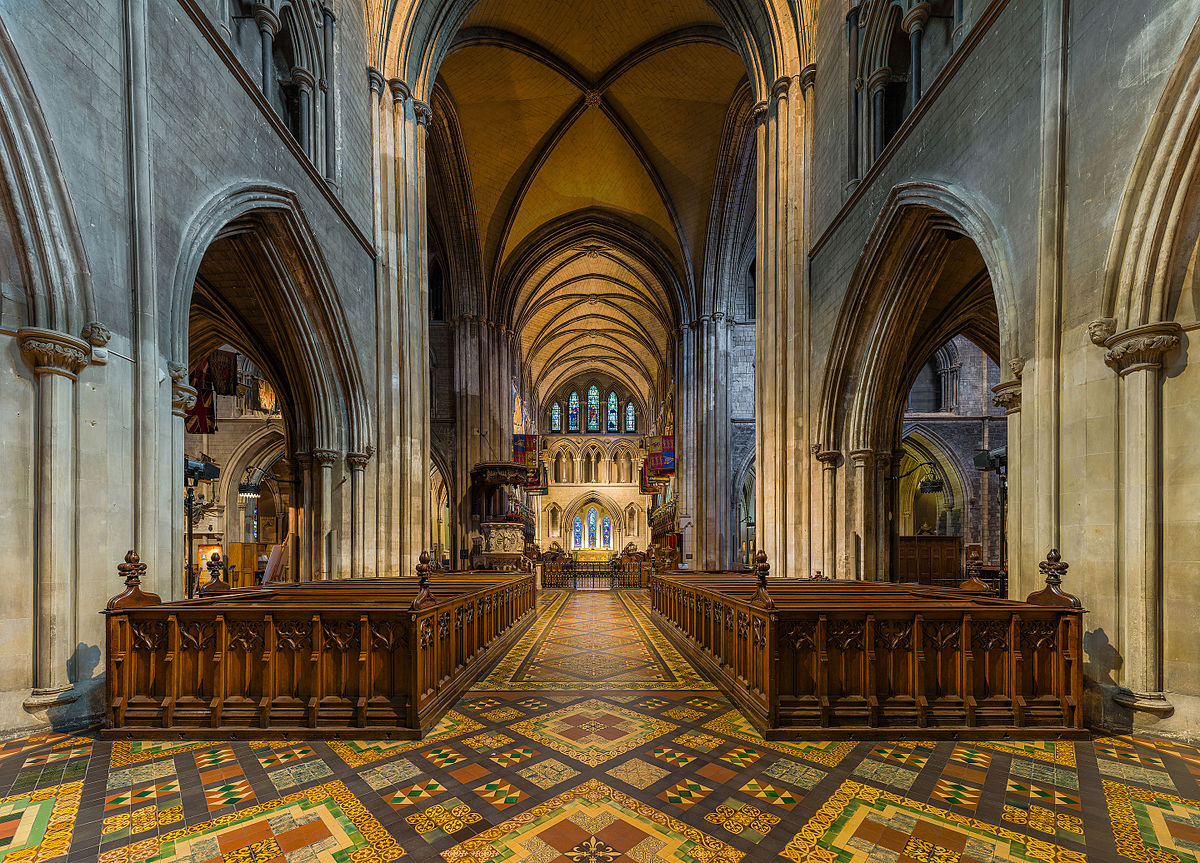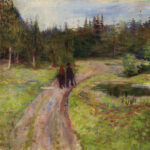For those who care to see it, a resurgence of philosophical and theological interest in the nature of beauty has been evident over the past several years, with contributions from thinkers such as James Matthew Wilson, D. C. Schindler, and Junius Johnson, among others. Many of these publications are focused, book-length writings, but other authors have addressed the topic more diffusely across a number of works, making it more difficult to get a general sense of their approach to the topic. Fortunately, for one such author’s relevant work—Irish philosopher William Desmond—Steven E. Knepper has stepped in with Wonder Strikes: Approaching Aesthetics and Literature with William Desmond to guide readers.
Desmond, like many contemporary rehabilitators of beauty, is a Roman Catholic, but his approach to beauty and aesthetics is distinct from other recent treatments. A primary example of this lies in the fact that a good number of Christian scholars draw first and foremost on Thomas Aquinas for their accounts of beauty. Desmond, though he’s aware of and engages with the Thomistic tradition, has spent much of his career interacting with the thought of Hegel, perhaps most directly, as it pertains to the subject of beauty, in Art and the Absolute: A Study of Hegel’s Aesthetics. Indeed, in the foreword to Knepper’s book, Desmond acknowledges his debt to Hegel while also giving readers an idea of what to expect from Knepper’s exposition of his work:
Art, religion, philosophy: this is the triad that composes Hegel’s philosophy of absolute spirit, and I have found myself in agreement with Hegel’s placement of these in positions of ultimacy. I have tried to participate in a dialogue between these three, not exactly in the same spirit of Hegel’s dialectical orientation, and more metaxologically. In Hegel’s dialectical orientation, there is a hierarchy of ultimacy in which philosophy finally sublates what is of essential significance in art and religion into its own self-determining concept. By contrast, by participating metaxologically in their conversation, there is a companioning relation between the three that allows plurivocal dialogues between them: between art and philosophy; between art and religion; between religion and philosophy; between art, religion, and philosophy. (xi)
Knepper’s book is devoted to the interplay between these three realms in Desmond’s thought. Chapter 1 begins by “[surveying] four main concerns in Desmond’s thought: receptivity, abundance, affirmation, and wonder.” Chapters 2 and 3 discuss Desmond’s account of beauty and art, respectively, with chapter 4 addressing the relationships between “aesthetics, art, and religion” (8). The rest of the book illustrates Desmond’s thought by applying it to specific literary examples, exploring in turn “epiphanic encounters in art” (chapter 5), tragedy (chapter 6), and comedy (chapter 7).
Although Desmond’s chief interlocutor is different, he arrives at many conclusions about art and beauty comparable to those whose studies participate more directly in the Thomist tradition: humans are uniquely receptive to being, which is always present to us in all its abundance or “too-muchness” (23), whether we attend to it or not. One of the possible responses to the being that surrounds us is wonder, and, indeed, experiences of beauty can be understood as “experiences of astonished wonder” (46). In creating works of art “the artist always works between imitation and creation” (74, italics original), which corresponds to Tolkien’s notion of humans as sub-creators who can draw upon the pre-existing beauty of creation to produce new manifestations of beauty. Created beauty points us toward God even as we appreciate created beauty in its singularity.
As tends to be the case with contemporary philosophers, Desmond’s work and ideas do not enjoy mainstream awareness, and with regard to beauty and aesthetics this obscurity is compounded by the scattered nature of Desmond’s treatment of these topics. For this reason, Knepper is to be thanked for undertaking the labor of searching Desmond’s oeuvre and re-presenting his ideas in a clear and organized fashion. That said, potential readers should be aware that Knepper does not offer a great deal in the way of commentary, critique, or possible application of Desmond’s ideas. Occasionally Knepper will make brief asides on the practical significance of Desmond’s thought. For example, in the book’s conclusion he suggests that “art incarnates the richness of being. It can teach all of us, including philosophers, to attend to this richness” (206). Such language is rather abstract, however, and makes less than apparent what, concretely, one should do, and to what ultimate end, if Desmond’s account of beauty and wonder is true.
Perhaps relatedly, there is a discernible element of religious pluralism in Desmond’s thought as presented by Knepper. On Knepper’s account, Desmond is appreciative of the way in which various religions—including animism, polytheism, and pantheism—function as “a response to the excess and mystery of being” (95). Moreover, according to Knepper, for Desmond there are many religions that can “reform the ethos of a culture” through liturgy:
There are plural possibilities. Desmond notes that the ritual life of every great world religion encourages service and the askesis of self. His point, contra the “New Atheists” of a decade ago, is that all these religions, at their best, mediate a sense of the good that resolutely secular movements cannot. (239n122)
In light of such an expansive outlook, it would be difficult for a commentator such as Knepper to extrapolate anything too precise from Desmond’s ideas in the way of personal significance or application. Whether a reader finds this lack of specificity disappointing may vary, but it seems worth noting.
Judgments of substance aside, Knepper performs a valuable service in making Desmond’s thought on the subject more accessible to those who might otherwise be less likely to discover it. The recovery of beauty as one of God’s many gifts to us is still ongoing, and any work that contributes to that recovery is one for which we should be grateful.
Image credit: St. Patrick’s Cathedral Nave 3 via Wikimedia Commons








1 comment
Willis Renuart
Art incarnates the richness of being by also incarnating the despair of being. Far more important, as Tolstoy explains, it is it’s participatory nature.
https://www.frontporchrepublic.com/2019/09/what-makes-art-beautiful/
Comments are closed.